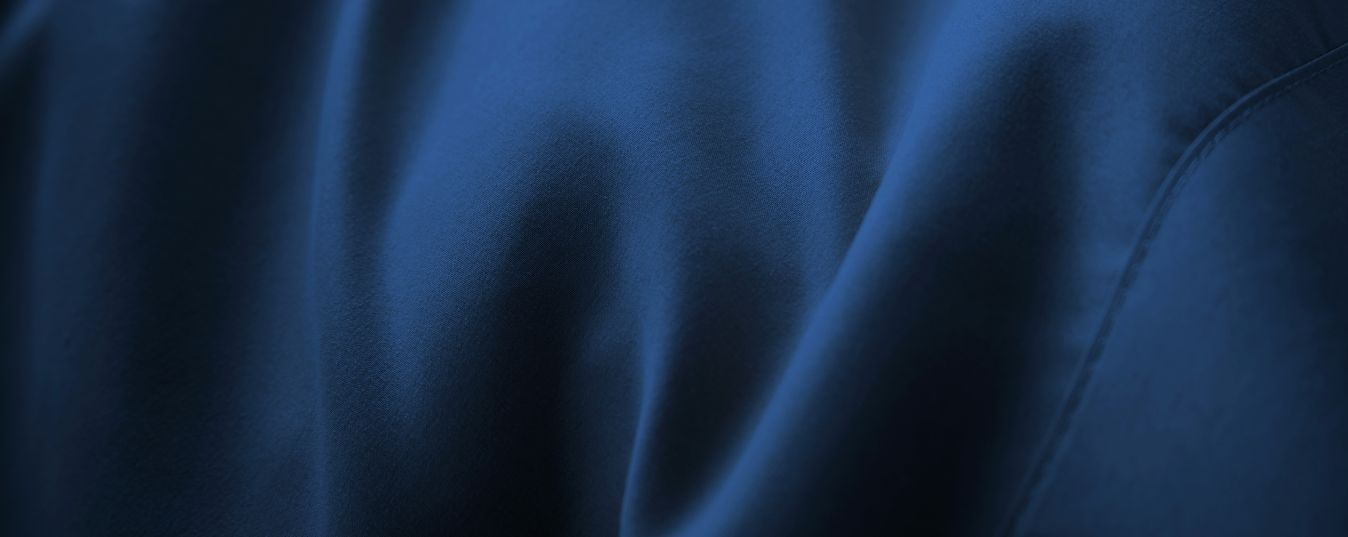The textile industry has existed for decades, constantly trying different methods and materials to create fabrics for various uses. However, one standout material that has captured society’s interest is bamboo fabric.
How exactly is bamboo fabric made, what are its benefits, and how does it differ from traditional materials? First, let’s look at the process of creating bamboo fabric and discuss the different types used in the modern market.
How Is Bamboo Fabric Made?
The process of making bamboo fabric is not a complicated one. Firstly, bamboo comes from the pulp of a bamboo plant, where someone crushes talks to separate the cellulose from the fibers. Then, the cellulose is threaded and woven into fabric.
Bamboo fabric is referred to as rayon or viscose bamboo fiber, as rayon comes from chemically treated bamboo pulp. Meanwhile, viscose bamboo fiber comes from regenerated cellulose fibers. A process called mercerization incorporates natural enzymes to create bamboo fabric and is more environmentally friendly. However, this can be costly and labor-intensive, so it’s more limited.
Bamboo vs. Cotton
Cotton is a staple fiber derived from the cotton plant that the textile industry has used for centuries. It offers a lightweight feel and breathability and is often used for clothing, bedding, and more. Bamboo fabric is an up-and-coming material that comes from the bamboo plant.
There are substantial differences between traditional cotton fabric and bamboo. Firstly, during its time as a plant, cotton requires pesticides to deter vermin and pests. Meanwhile, bamboo contains natural antibacterial and fungal properties, helping to repel foreign contaminants. Bamboo is also one of the most sustainable and fast-growing plants and requires less water than cotton.
Types of Bamboo Fabric
There are a few different types of bamboo fabric. Some are more sustainable than others or require different methods of creating bamboo fibers. There are three notable types: bamboo viscose, fine bamboo, and lyocell bamboo.
Bamboo Viscose
Bamboo viscose, also known as bamboo rayon, originates from the bamboo plant’s cellulose, which is the most common type of bamboo fiber. The cellulose is extracted from the plants before becoming bamboo chips, which are soaked and turned into a pulp. Finally, the pulp is spun into thread and woven into fabric.
Other traditional rayon fibers, bamboo viscose, and bamboo rayon don’t use clearcutting for production and are a green alternative. However, it does require a chemical-intensive process during the spinning cycle. The chemicals that create rayon or viscose bamboo fiber are sulfuric acid and carbon disulfide.
Fine Bamboo
Also known as bamboo fiber, fine bamboo has a time-consuming and labor-intensive process involving the physical breakdown of bamboo into a pulp. Compared to bamboo lyocell and bamboo viscose fabrics, the delicate bamboo textile results in a more coarse and less comfortable material.
Lyocell Bamboo
Like bamboo viscose, lyocell bamboo fabric has a relatively similar production process, except for manufacturing. The cellulose itself does not change its chemical composition. As a result, fashion designers favor lyocell bamboo fabric, as it uses recycled water and chemicals that don’t get released into the environment.
The only significant downside to lyocell fabrics is their low thermal stability, as UV and sunlight exposure can cause the material to decrease its longevity. Comparatively, bamboo viscose tends to have a longer-lasting life span and washes better than lyocell bamboo fabrics.
Benefits of Bamboo Fabric
Bamboo fabric is one of the most resourceful materials you can use in various ways. It also provides many benefits, from thermoregulation to moisture-wicking capabilities. Because of bamboo fabric’s numerous benefits, many homeowners have switched from traditional bedding materials to bamboo.
Breathability & Thermoregulating
Whether you sleep on the warmer or cooler side, one of the benefits of bamboo fabric is its breathability. Bamboo viscose provides exceptional ventilation due to its microscopic holes within the fibers. This allows the material to stay fresh longer, requiring fewer wash cycles. Furthermore, bamboo becomes stronger and more durable after each wash.
Bamboo fabric also offers thermoregulating features, perfect for every season. When the temperature increases and your bedroom becomes stuffier, the thermoregulatory properties of bamboo can help keep your body cool in the heat. This provides the most comfort during hot weather and lets you sleep comfortably.
Moisture-Wicking & Anti-Bacterial
Temperature regulation is a significant factor when using bamboo fabric in your home. Furthermore, bamboo fabrics dry faster than cotton, making for the perfect bedding throughout the year.
Additionally, bamboo fabric contains antibacterial properties. Because of the presence of Bamboo-Kun and viscose in the fibers, your bedding will be odor-resistant, anti-fungal, and antibacterial, which will help your bedding last longer and result in fewer washes.
Sustainability
Bamboo is a natural and highly sustainable plant, creating a minimal environmental impact compared to traditional crops. Some sustainable benefits include rapid and easy growth, not needing pesticides, quick maturity, and absorbing large amounts of carbon dioxide.
Silky Soft for Sensitive Skin
Finding the right bedding can be challenging when your skin is naturally sensitive to fragrances, textures, and materials. However, many homeowners with sensitive skin love bamboo bedding for its hypoallergenic properties and not having harmful materials sewn within the fabric.
Bamboo viscose bedding is also incredibly soft and feels gentle against the skin due to the smooth, round structure of the bamboo fiber. This results in no rough or sharp elements that can catch and cause skin irritation. Bamboo bedding is so soft and gentle that it prevents skin wrinkles and won’t result in clogged pores, making your skin feel smoother and healthier.
Bamboo Is Better believes in bringing ultra-soft 100 percent bamboo viscose bedding to every homeowner. We offer beautiful bamboo bedding in many sizes and colors to perfectly match your space’s ambiance. In addition, our bamboo body pillowcases give pillows a luxurious sateen finish perfect for sensitive skin while keeping you consistently cool throughout the night. If you want to try our bamboo viscose bedding, contact us today for more information.









